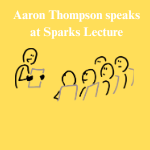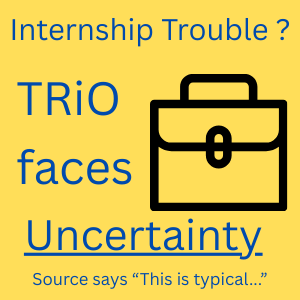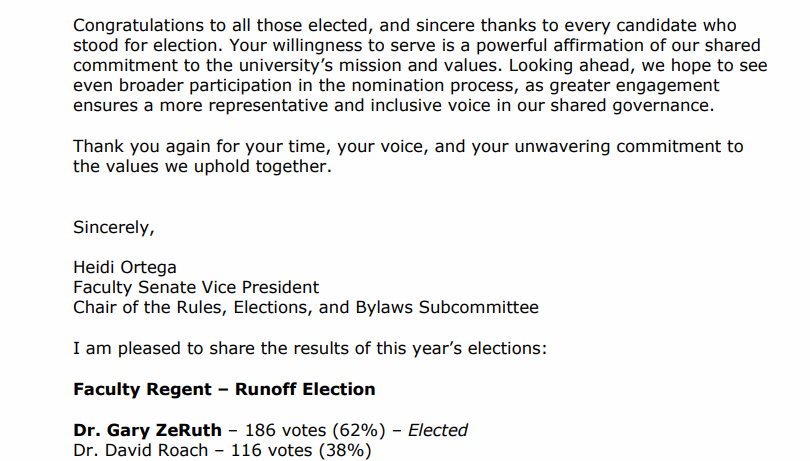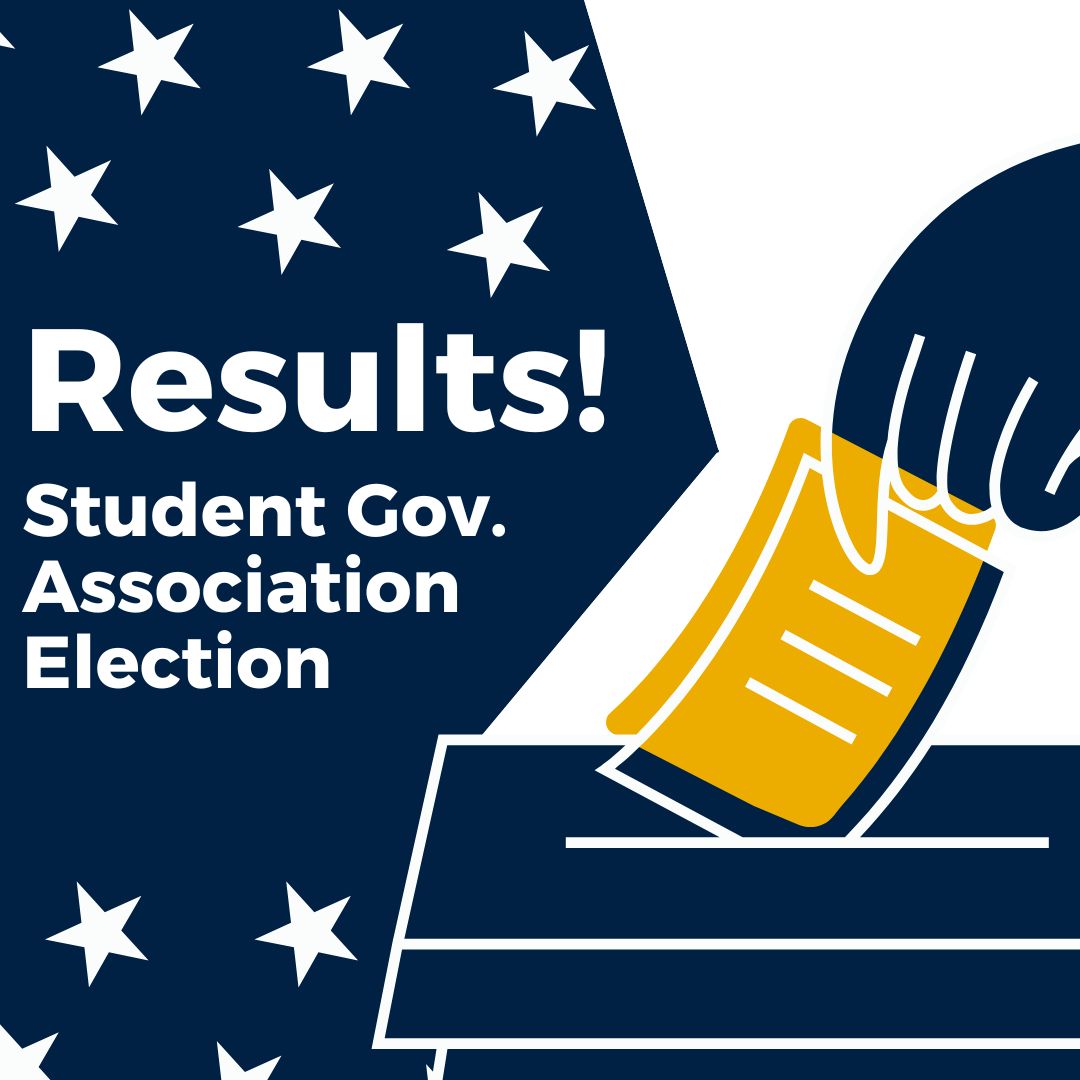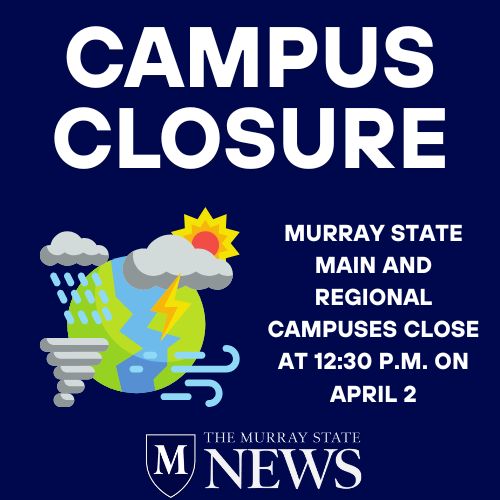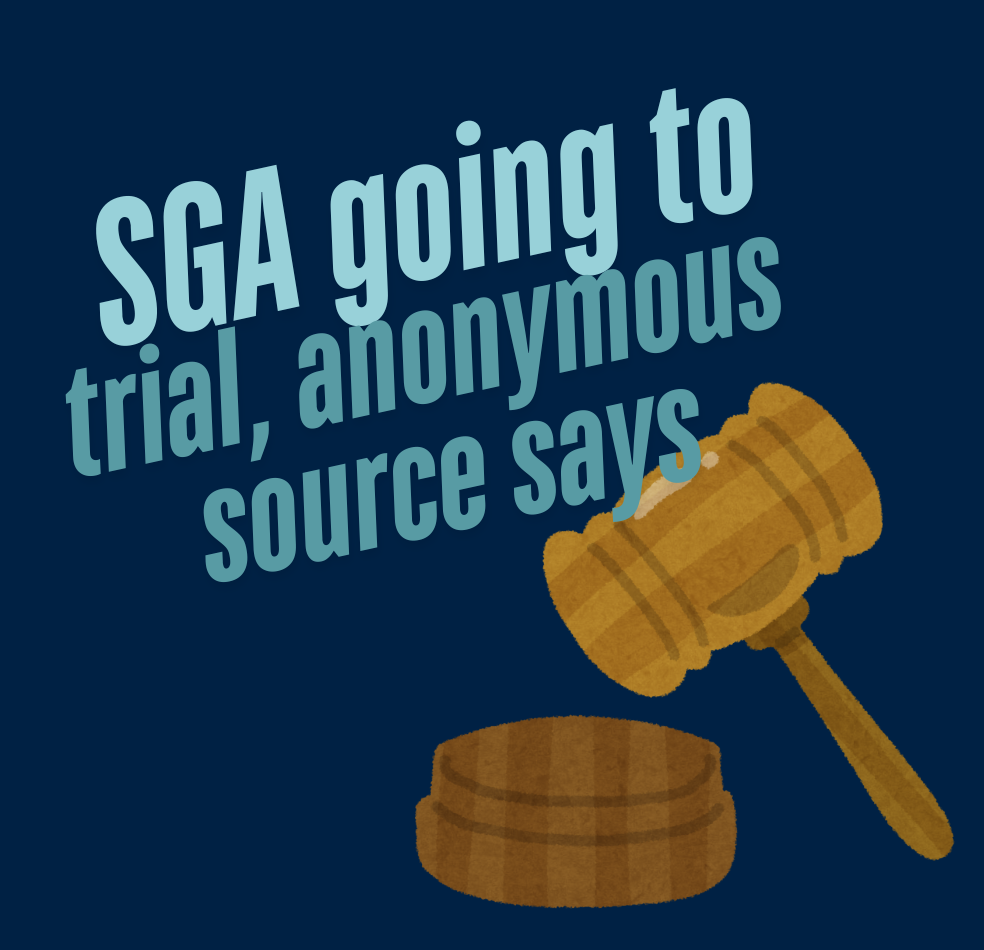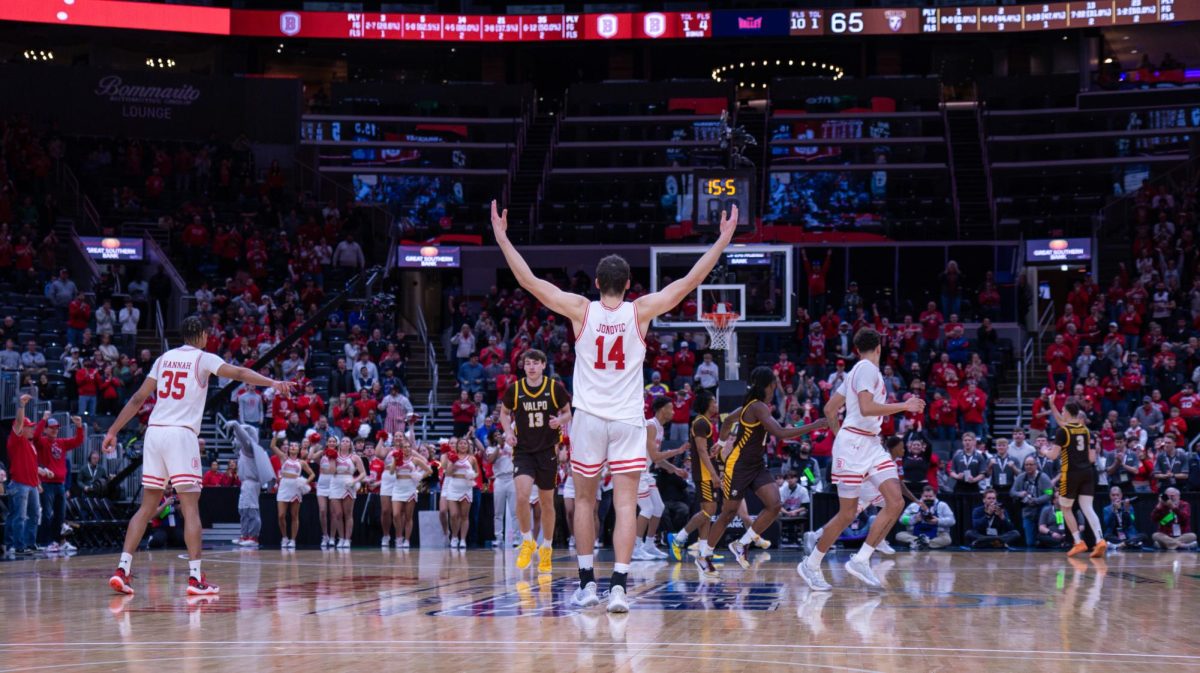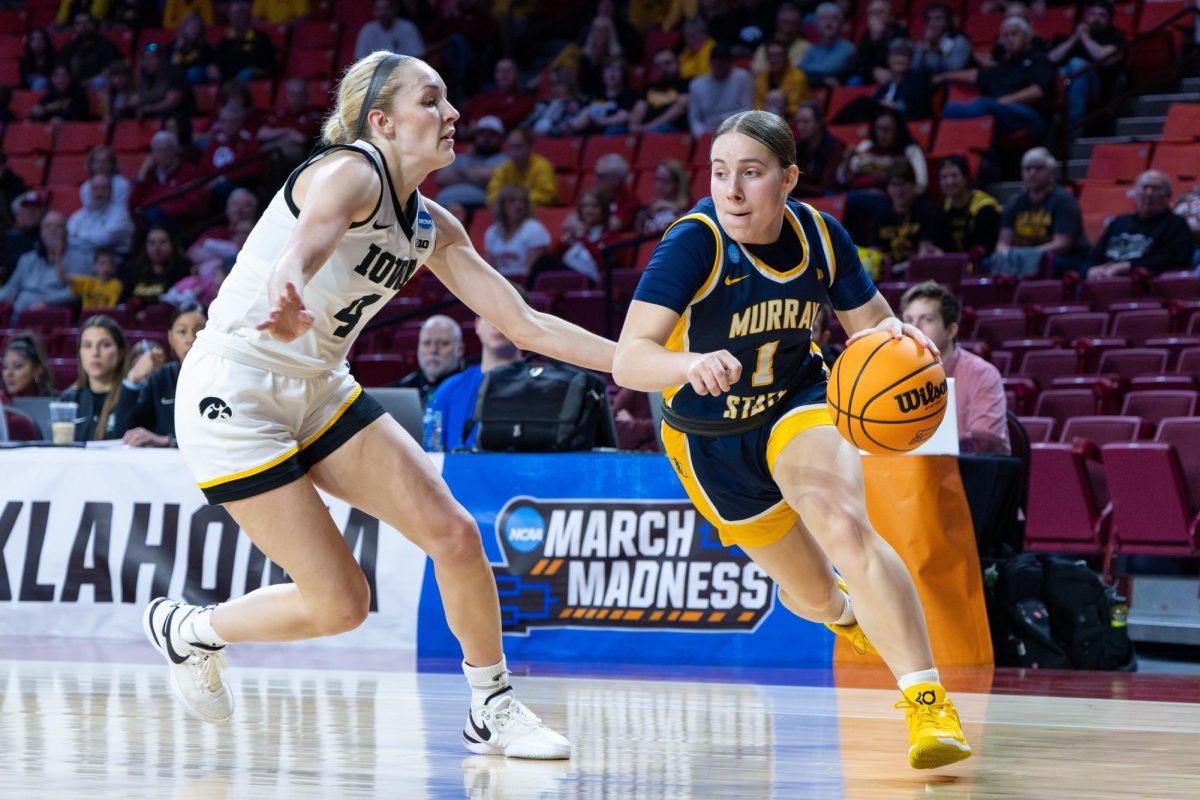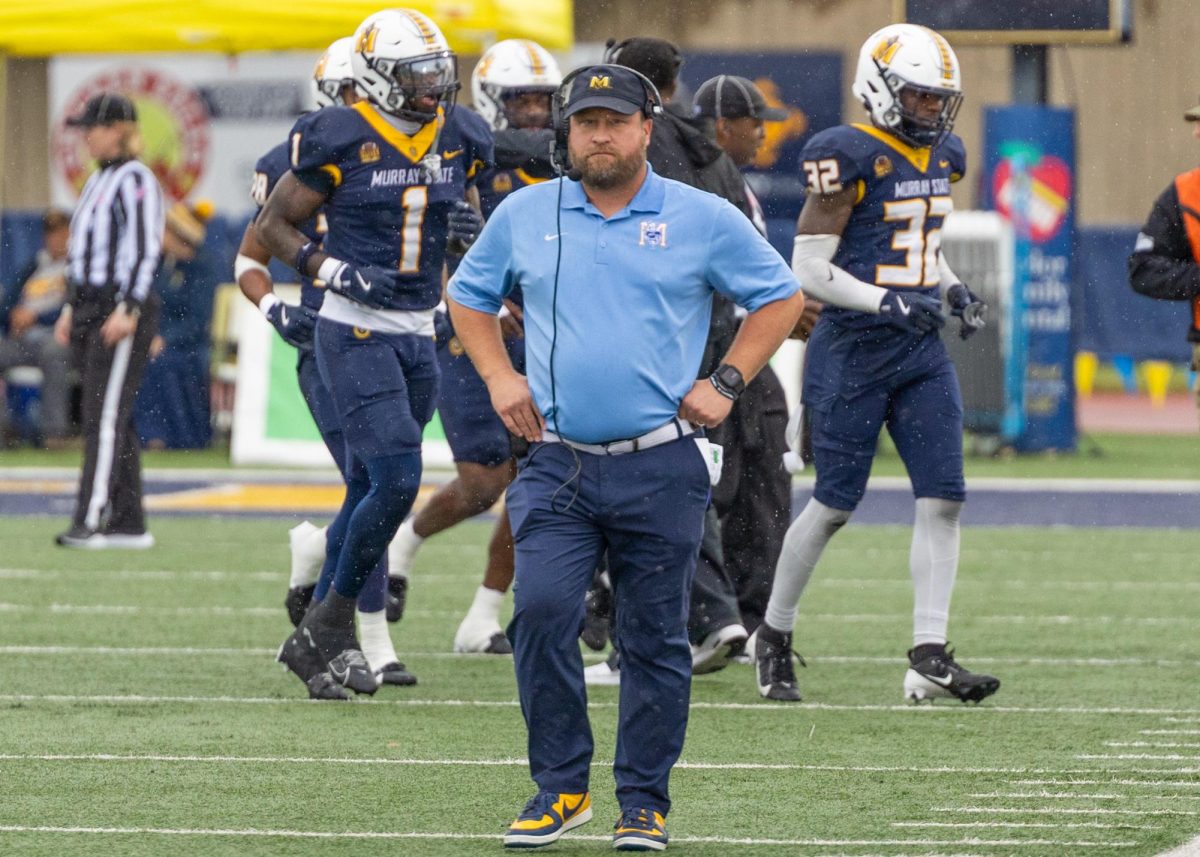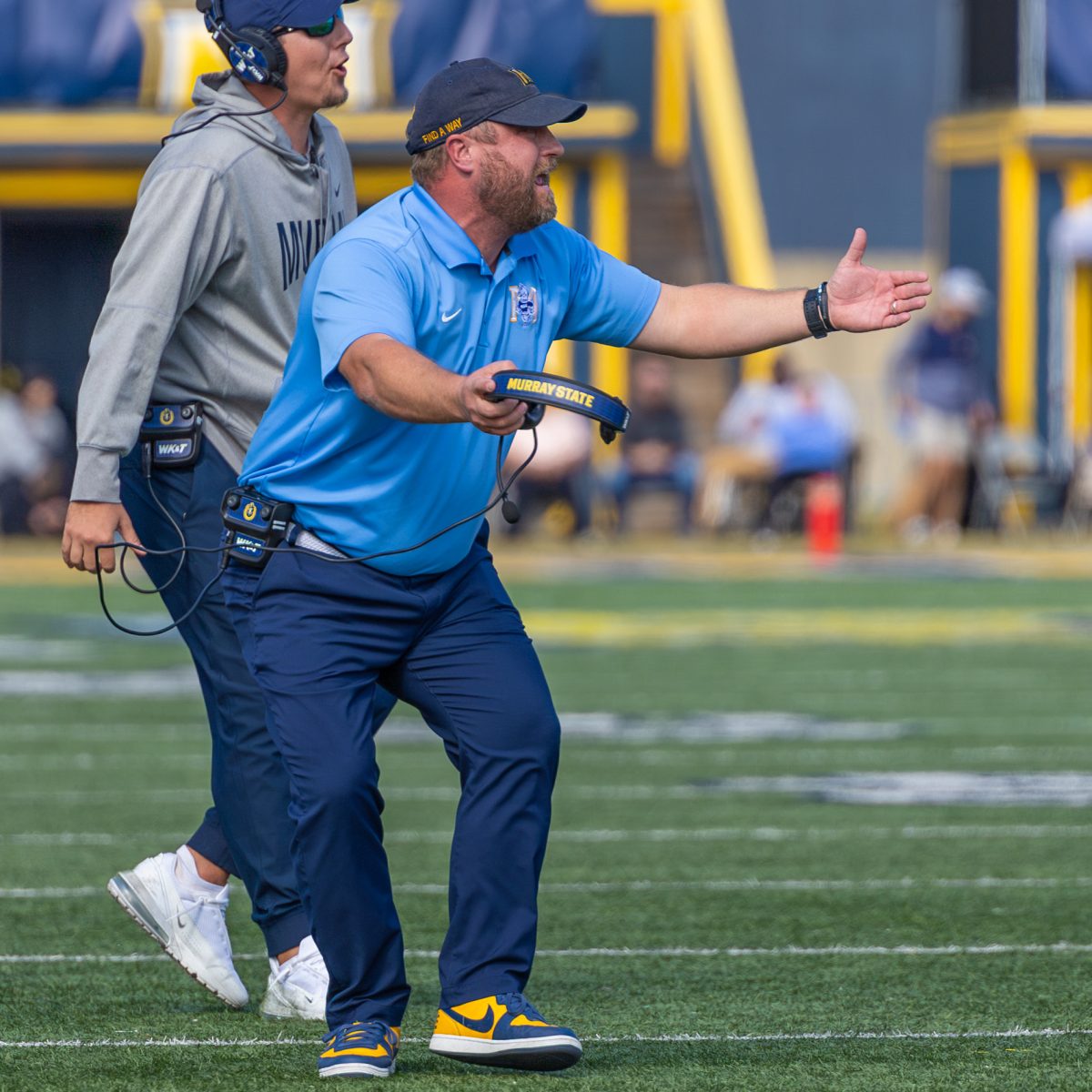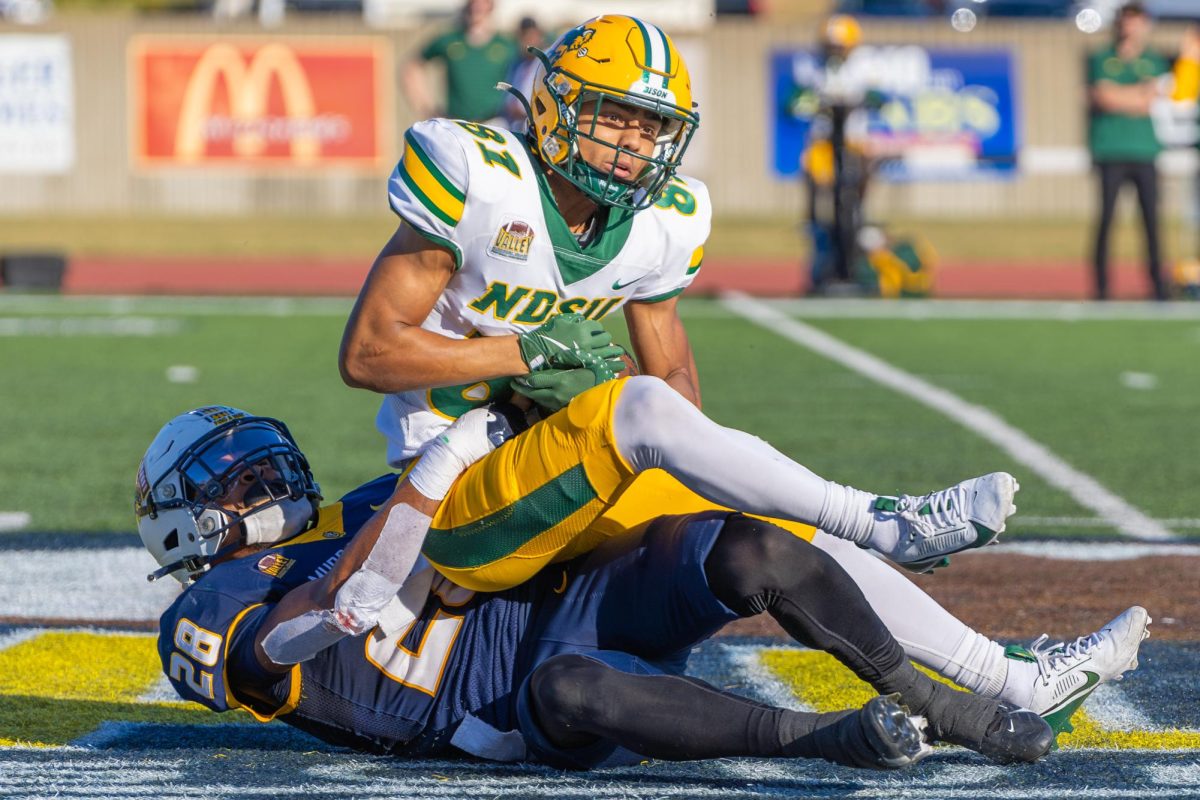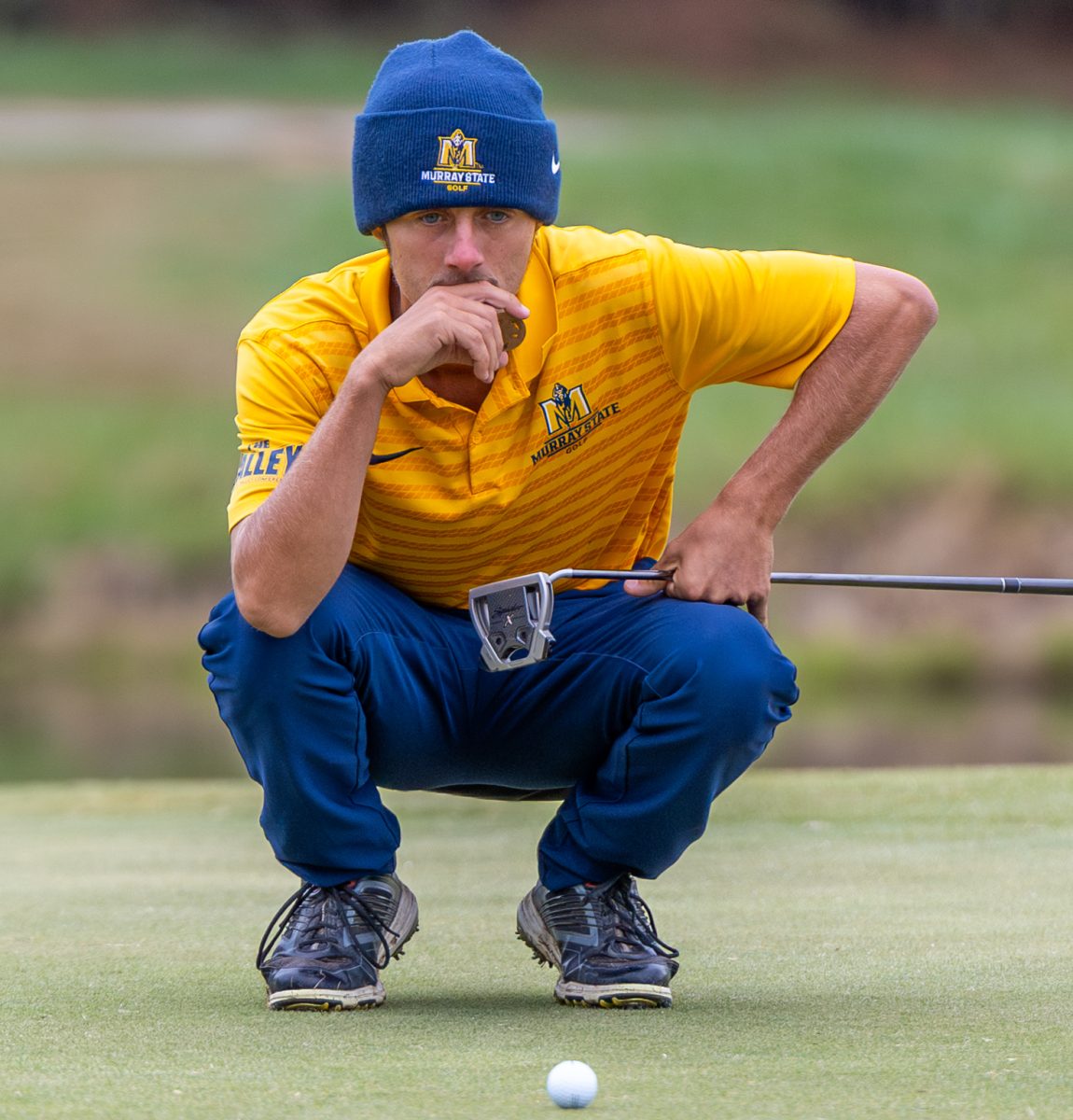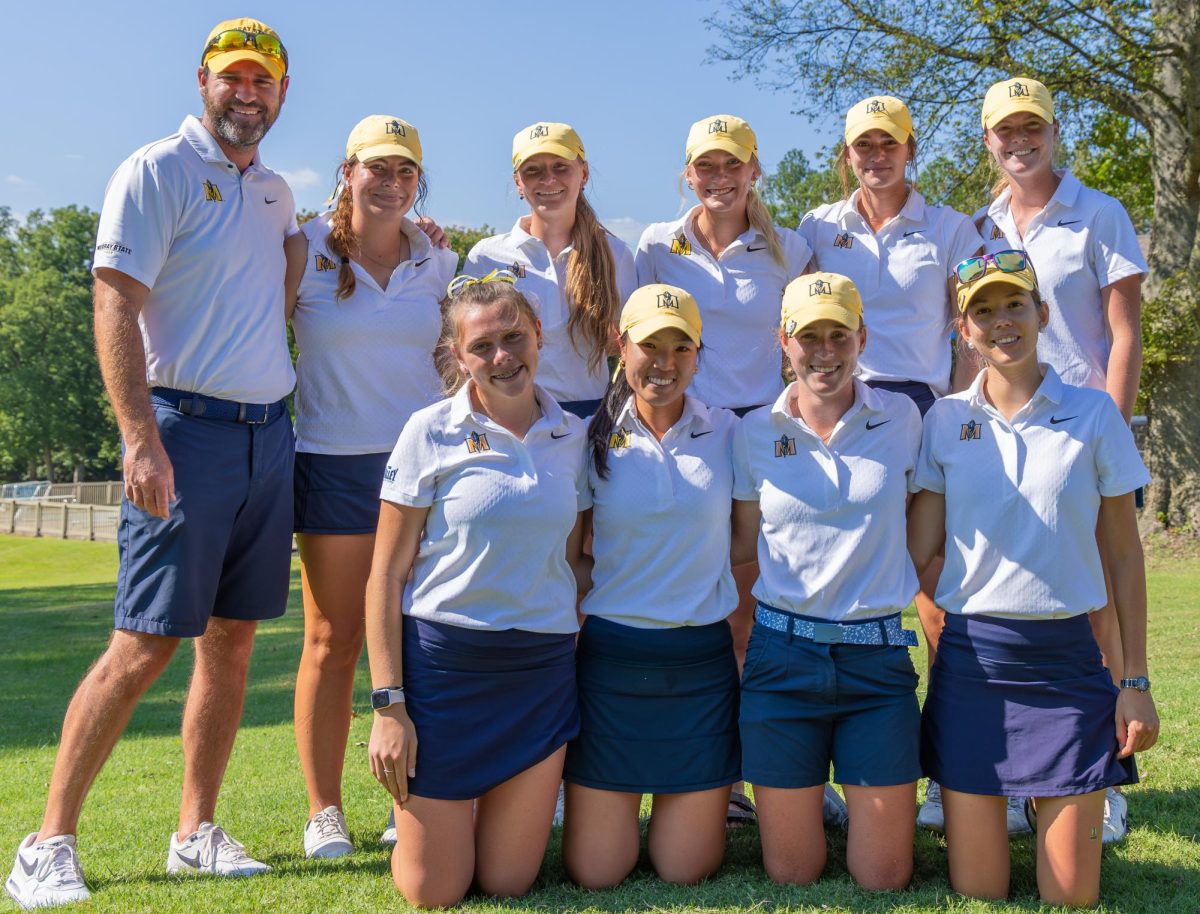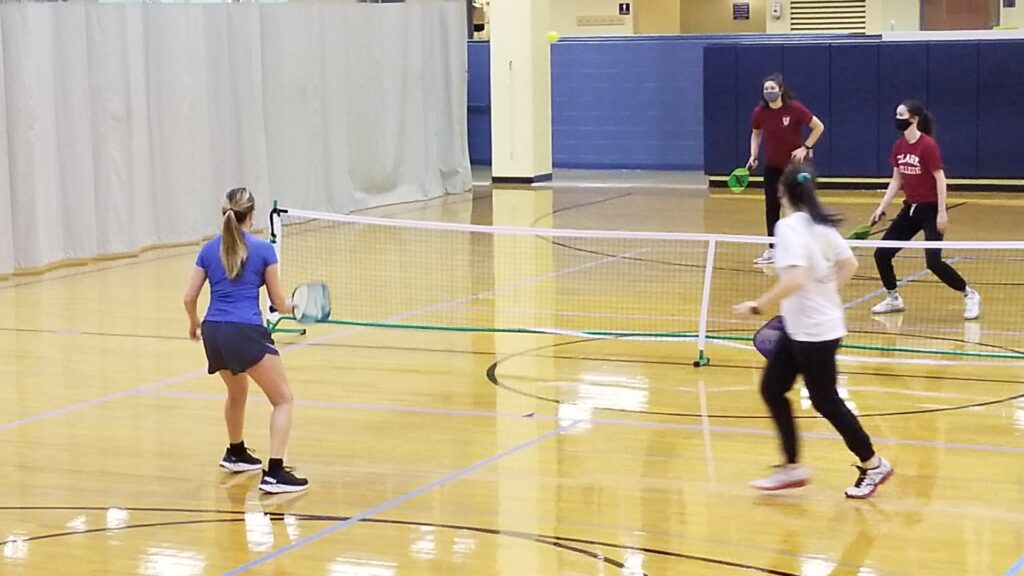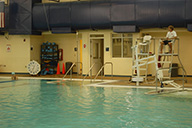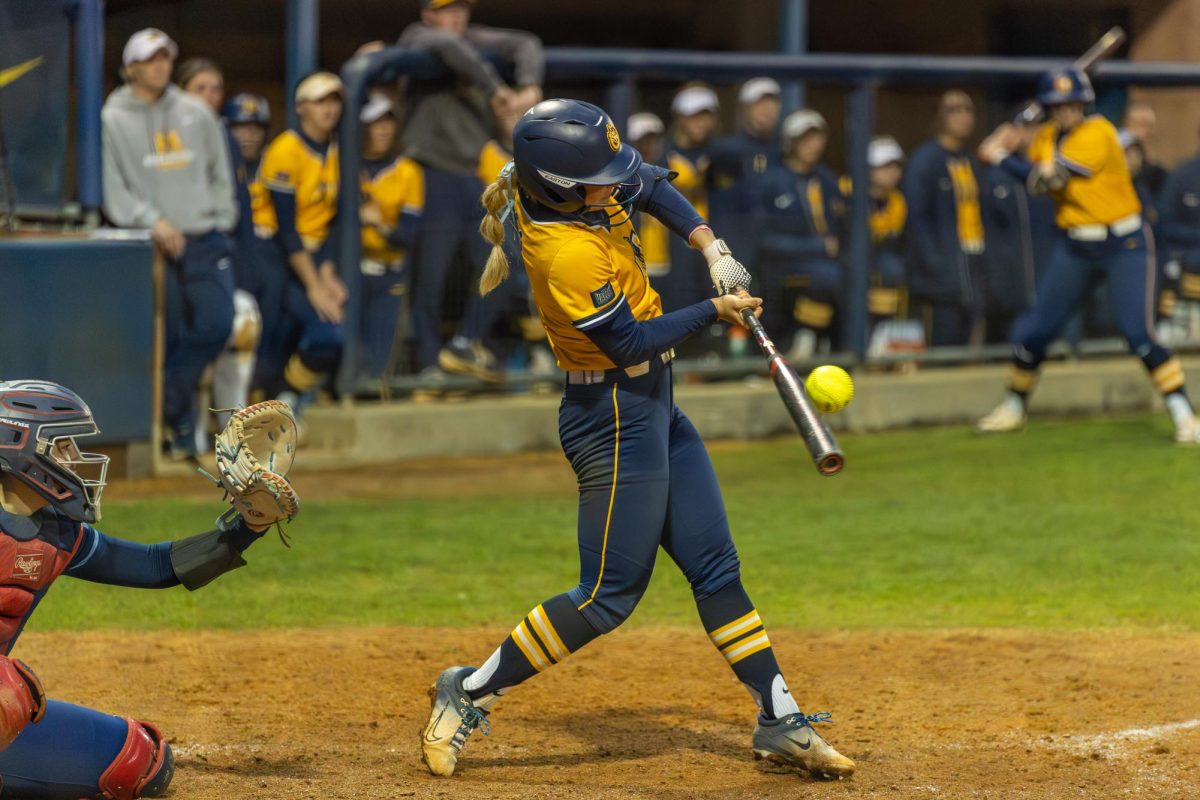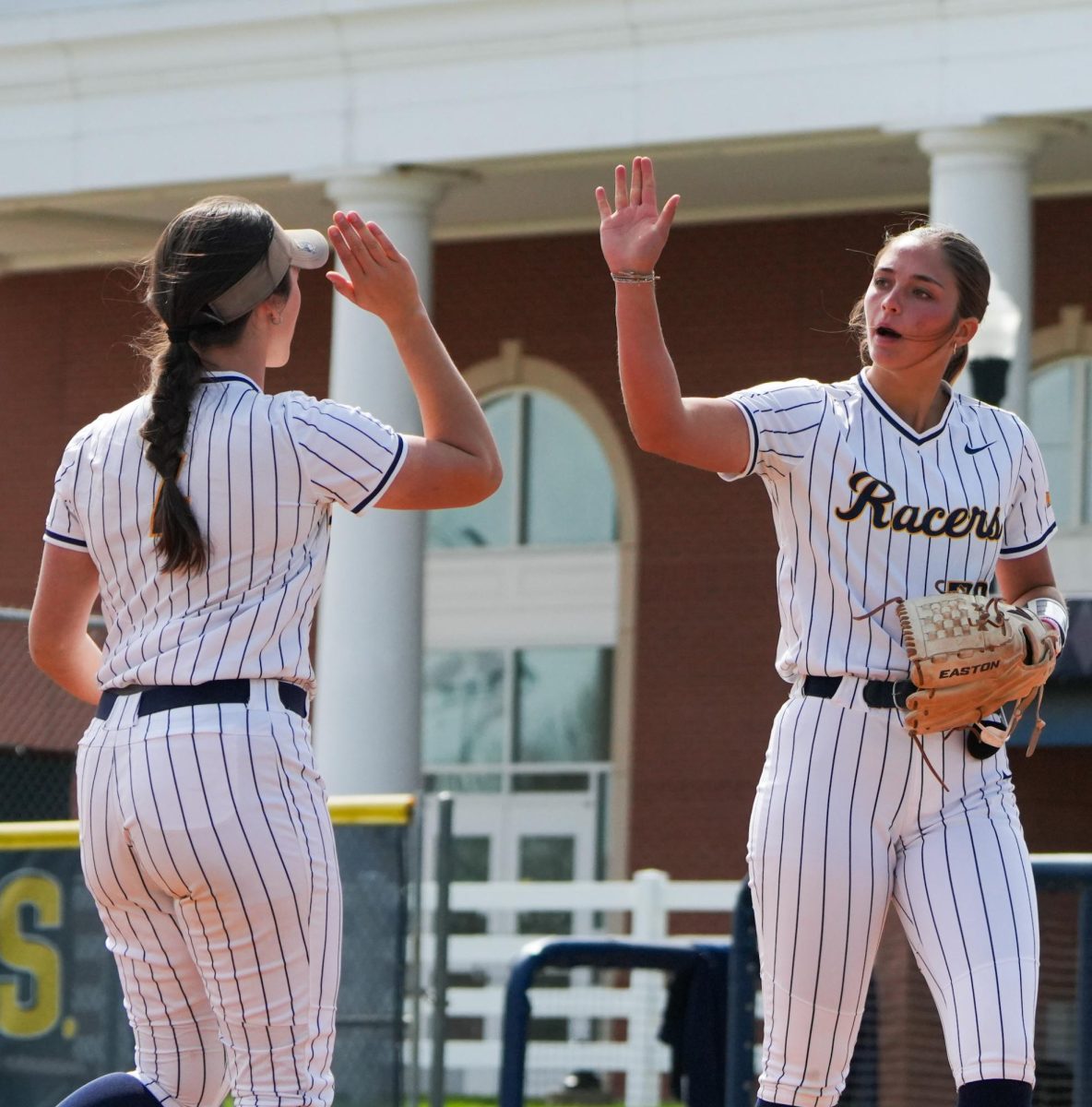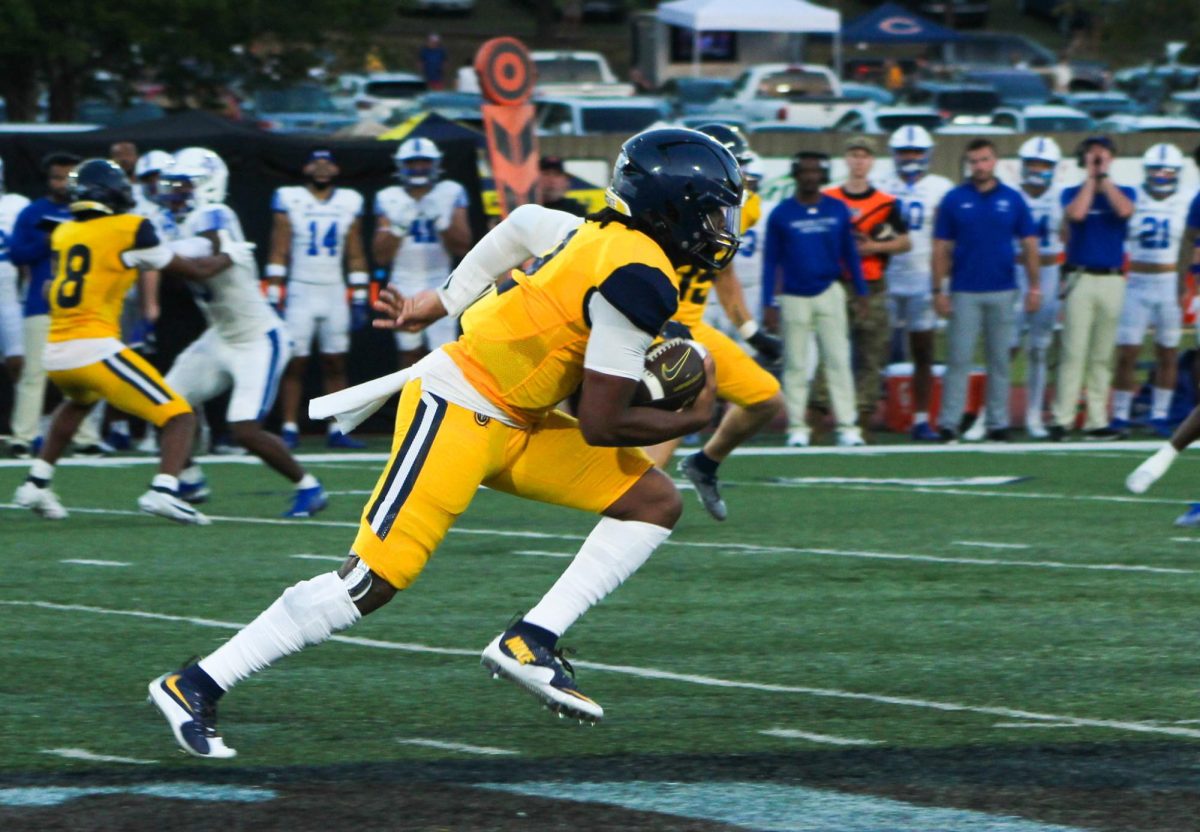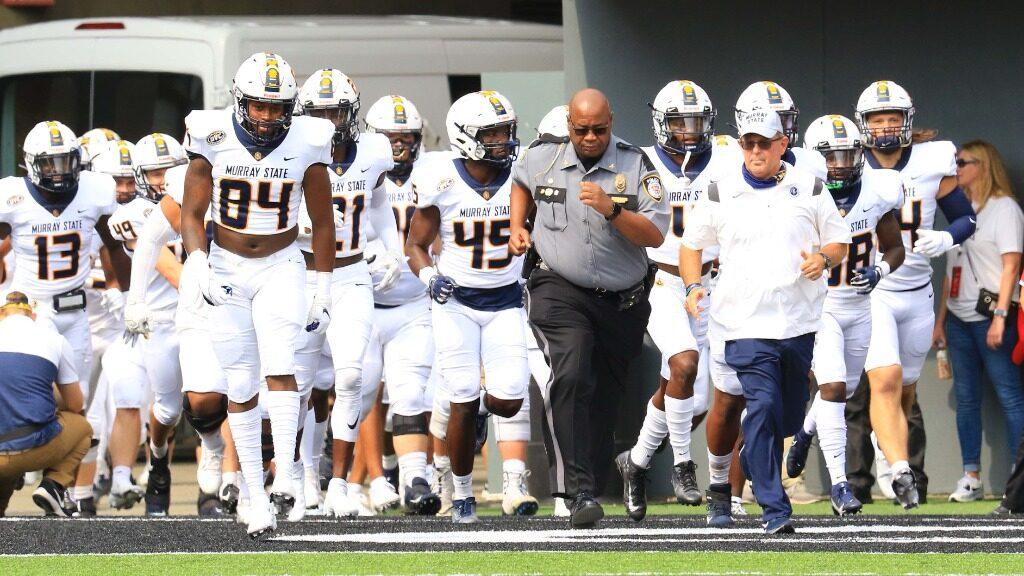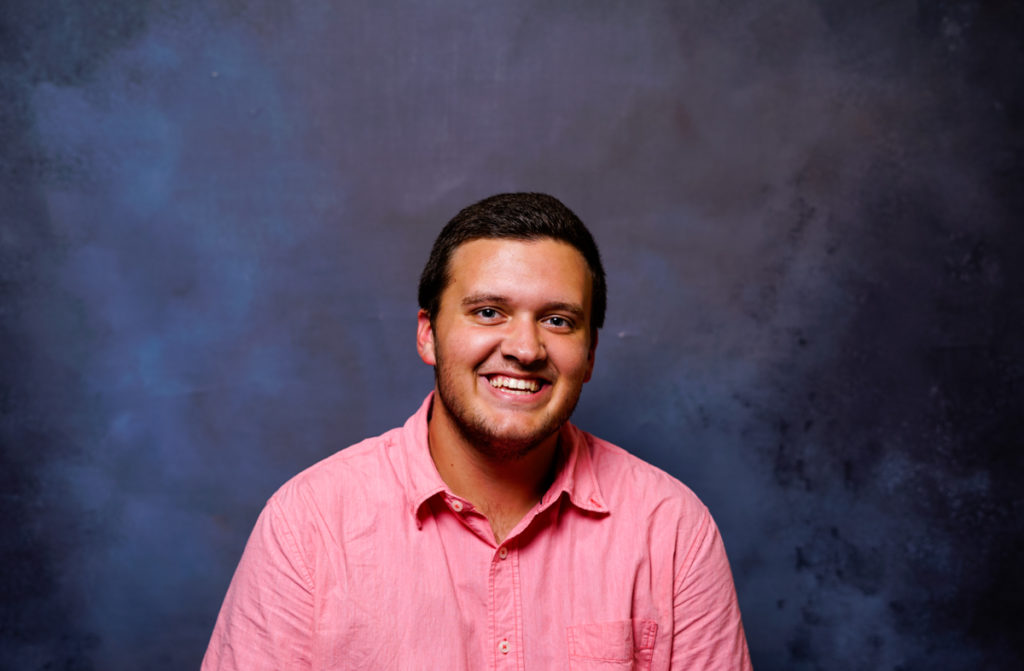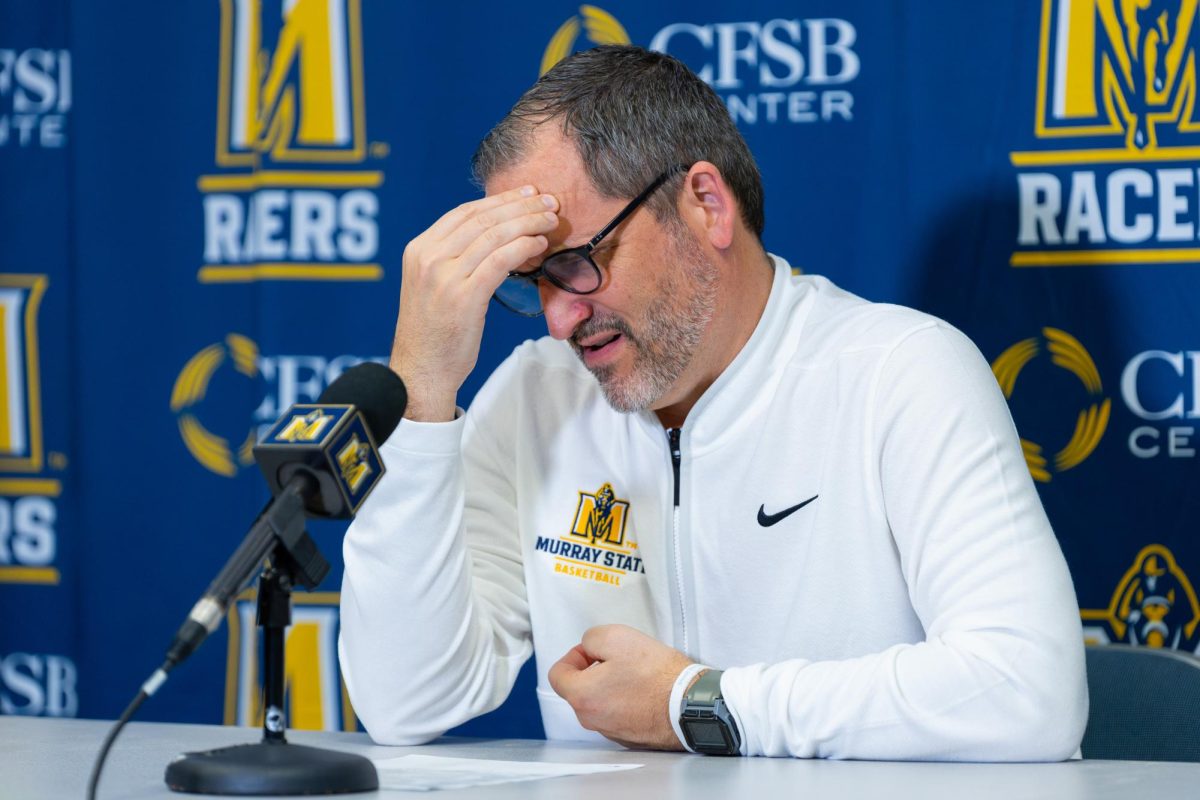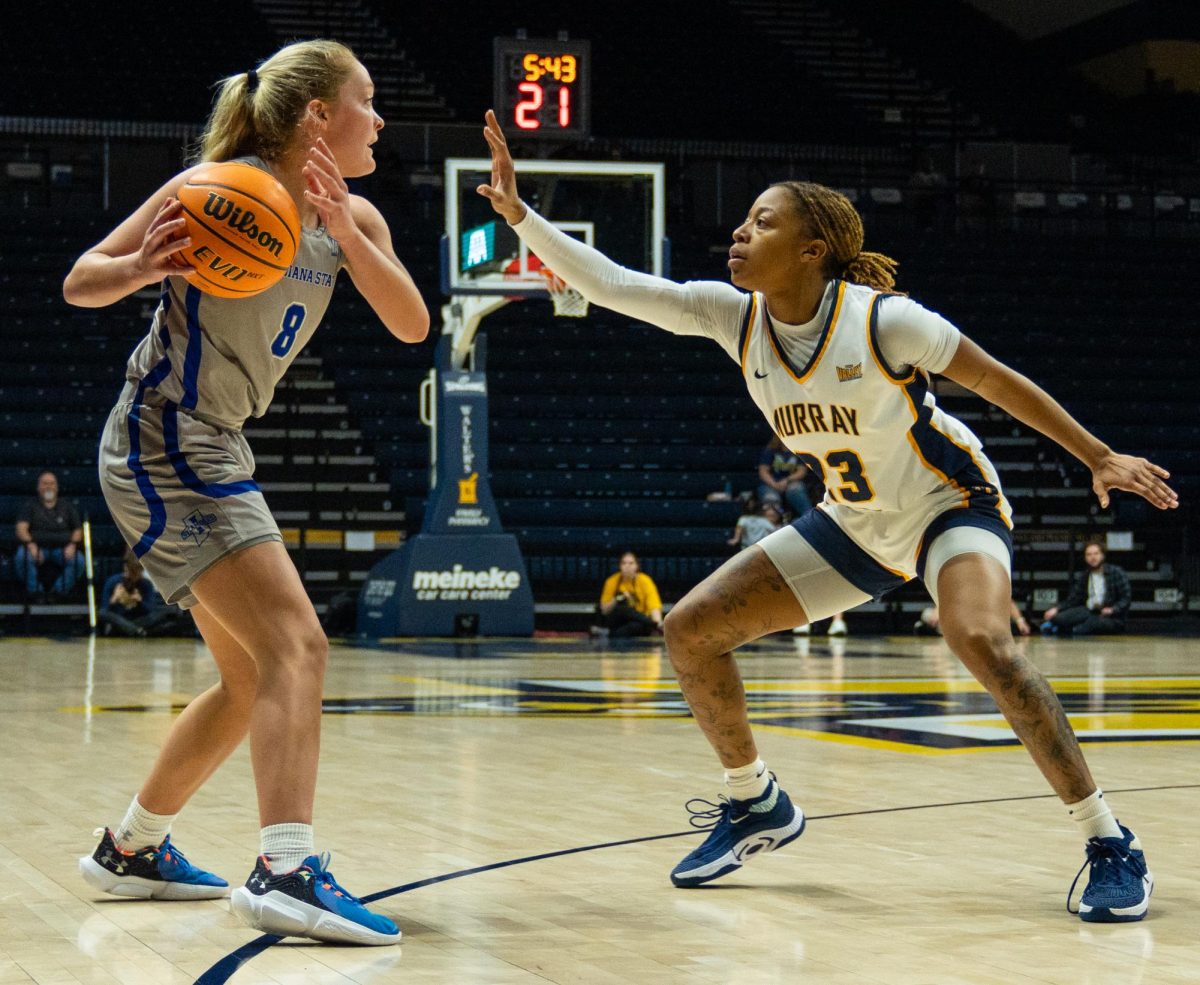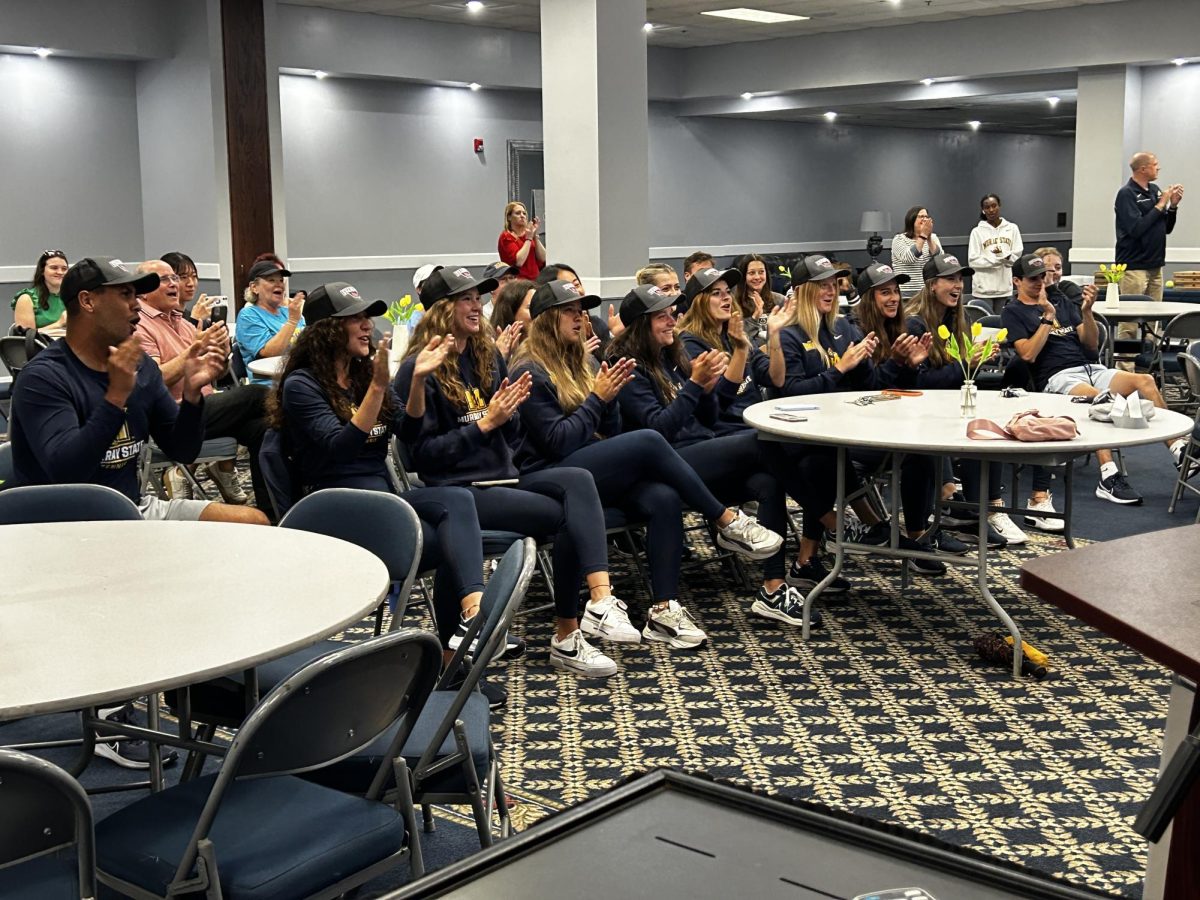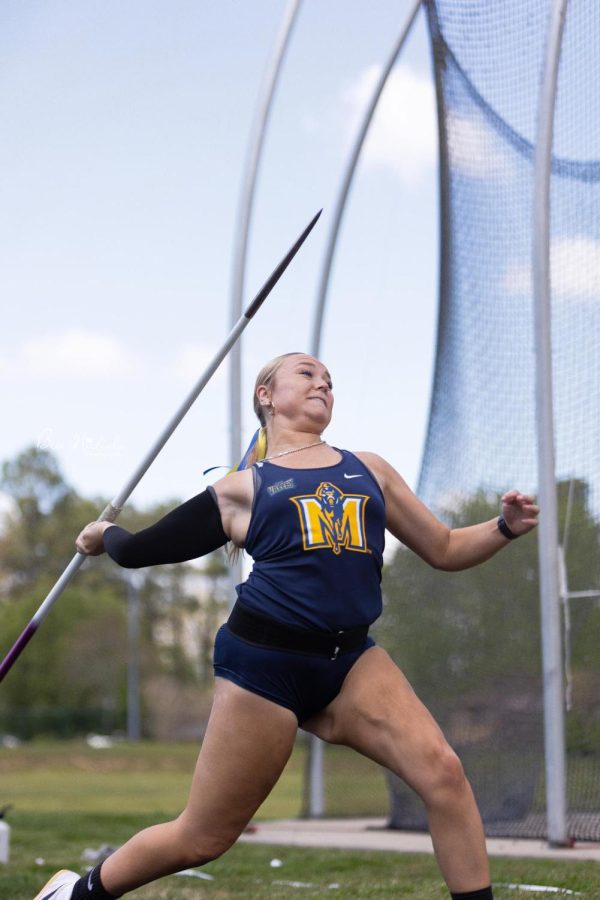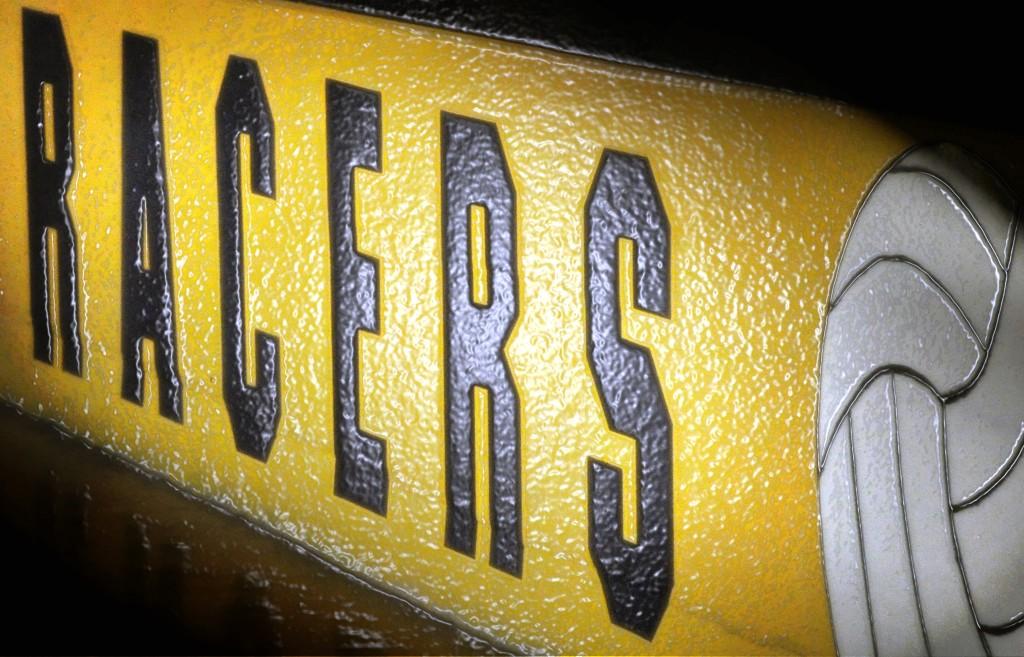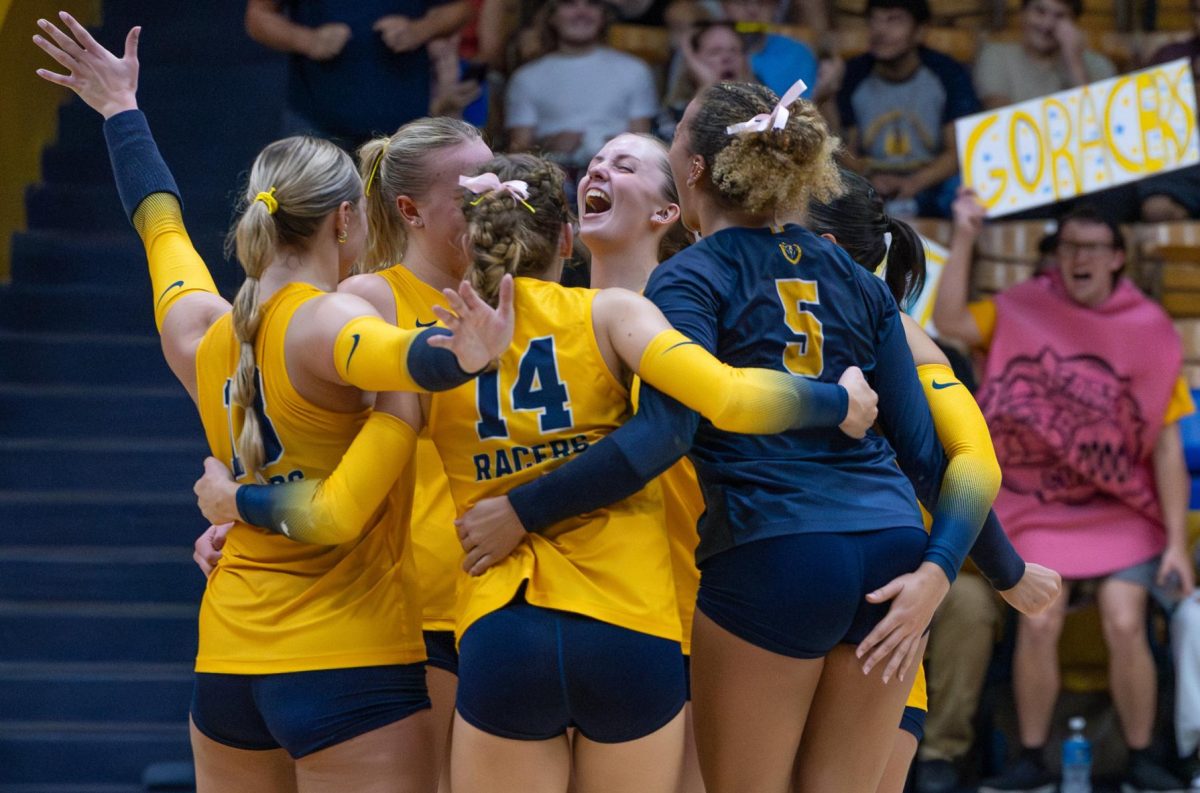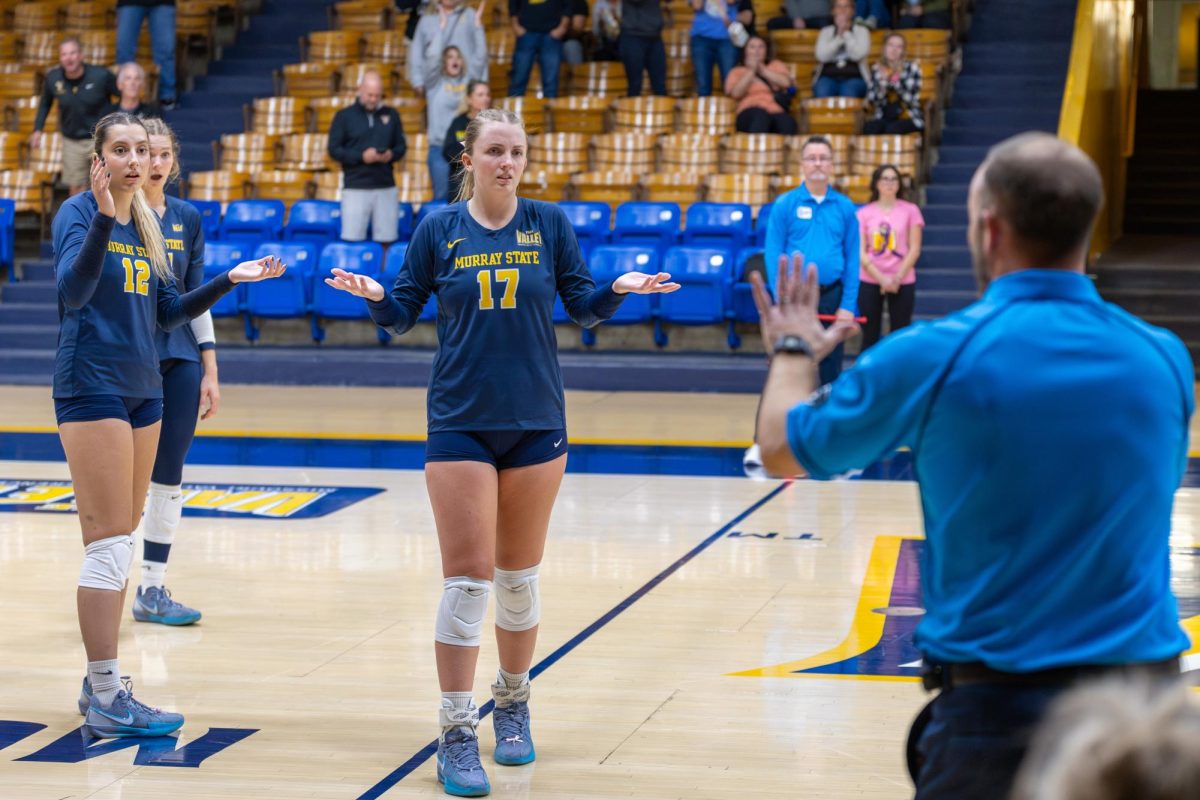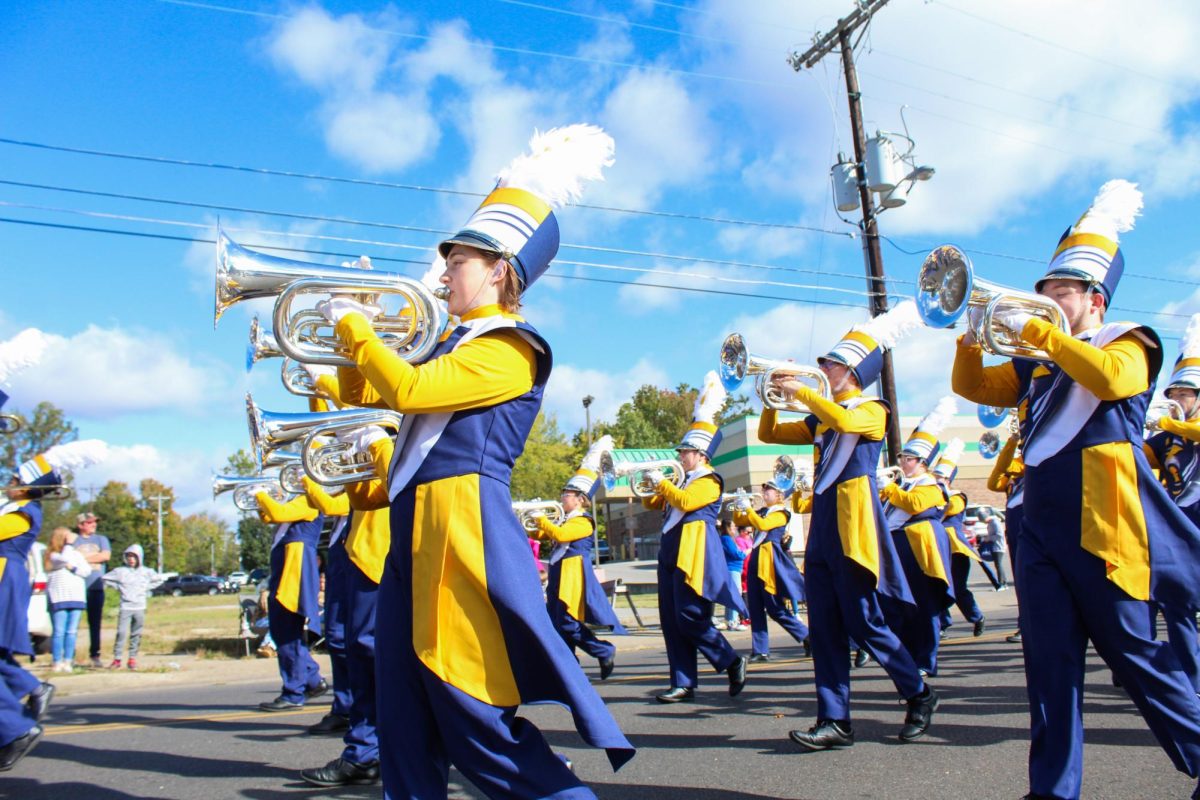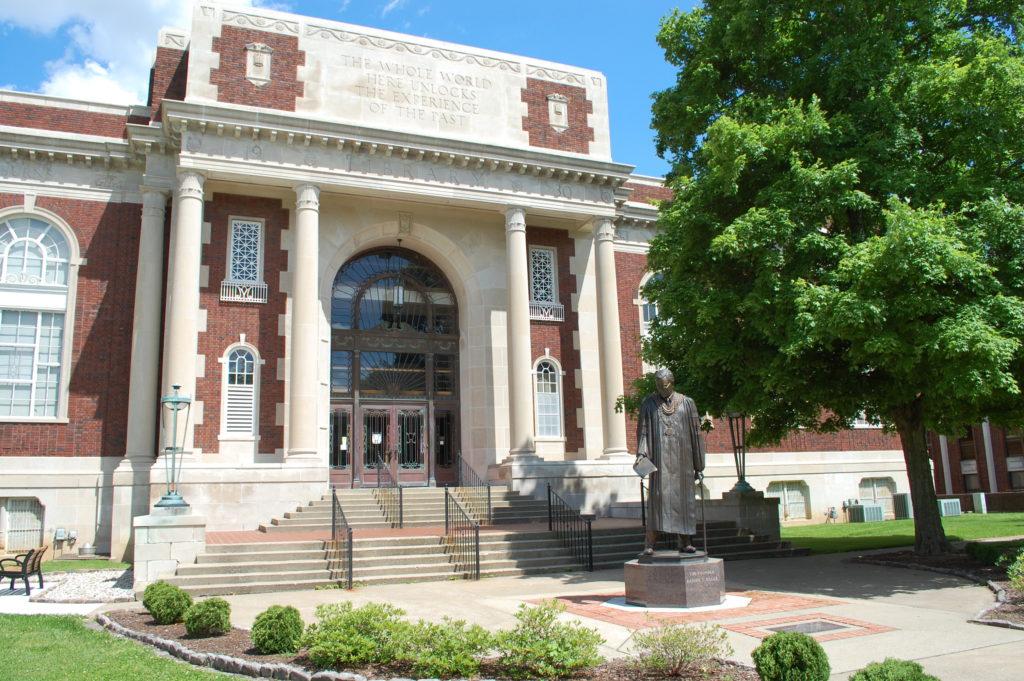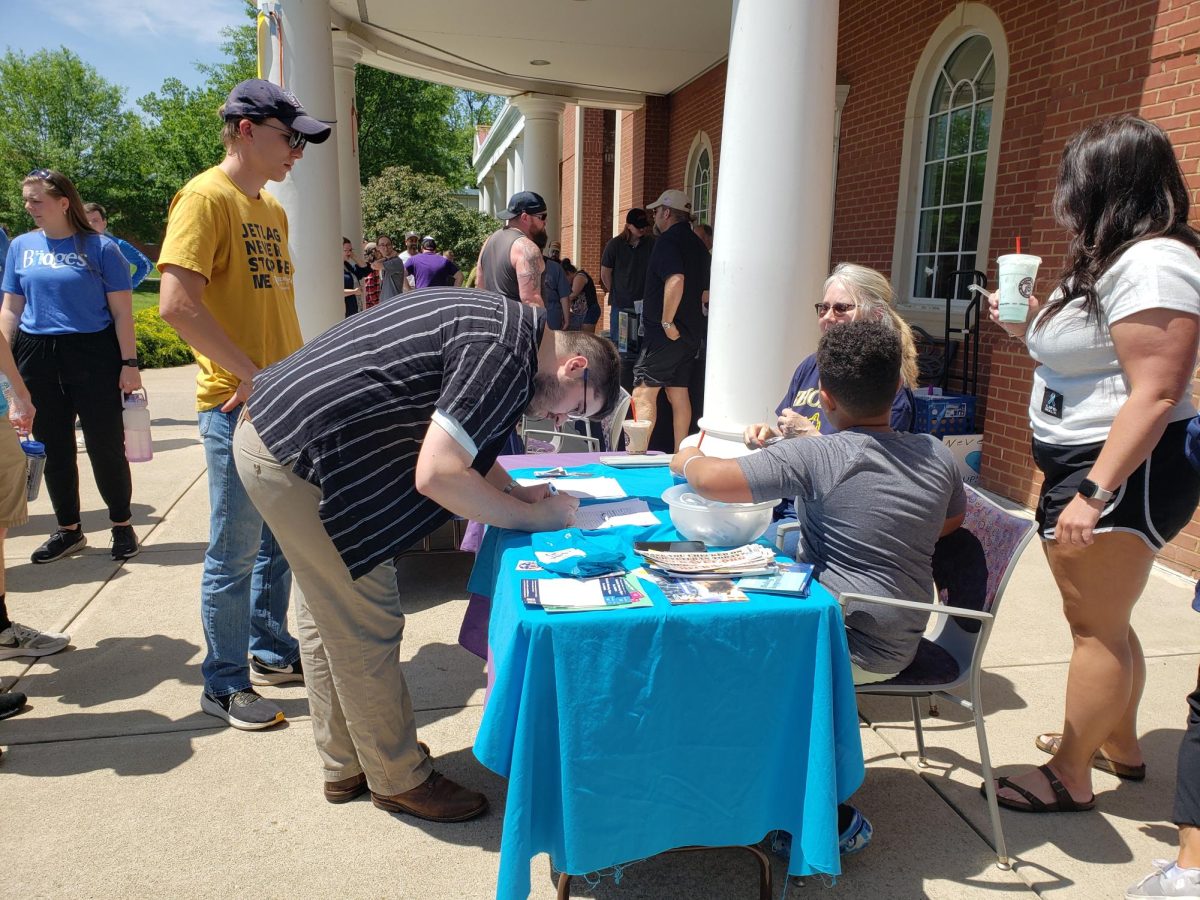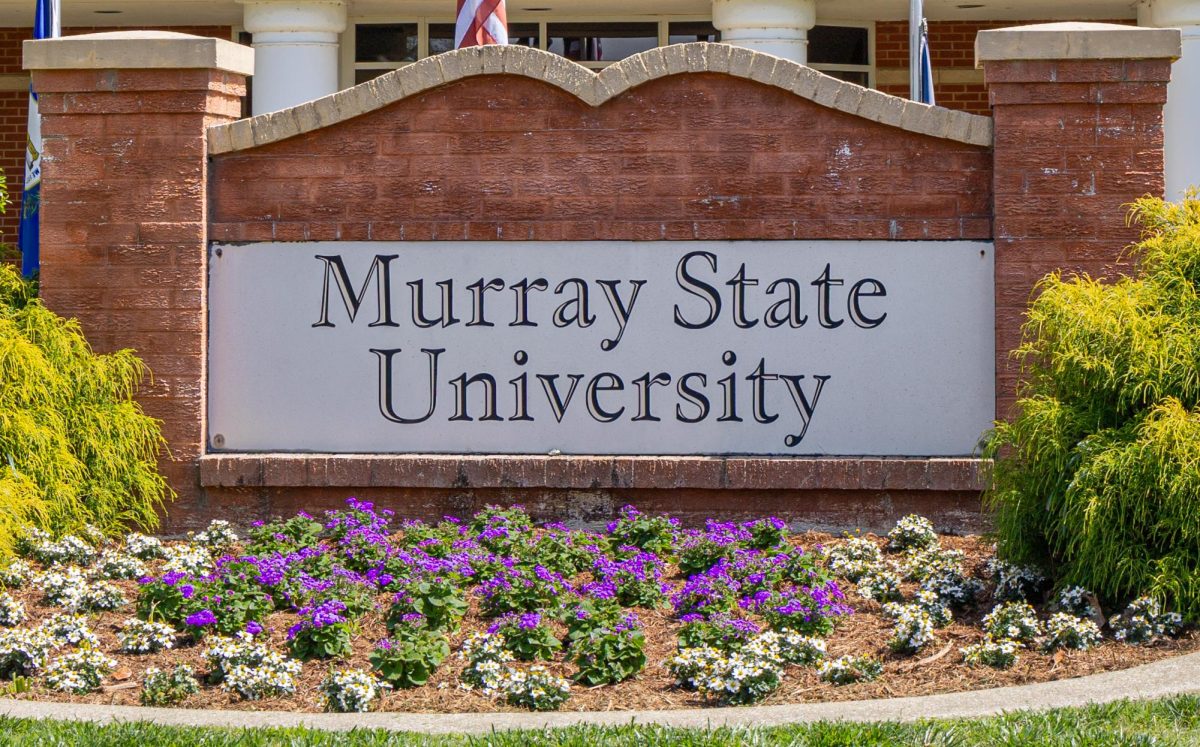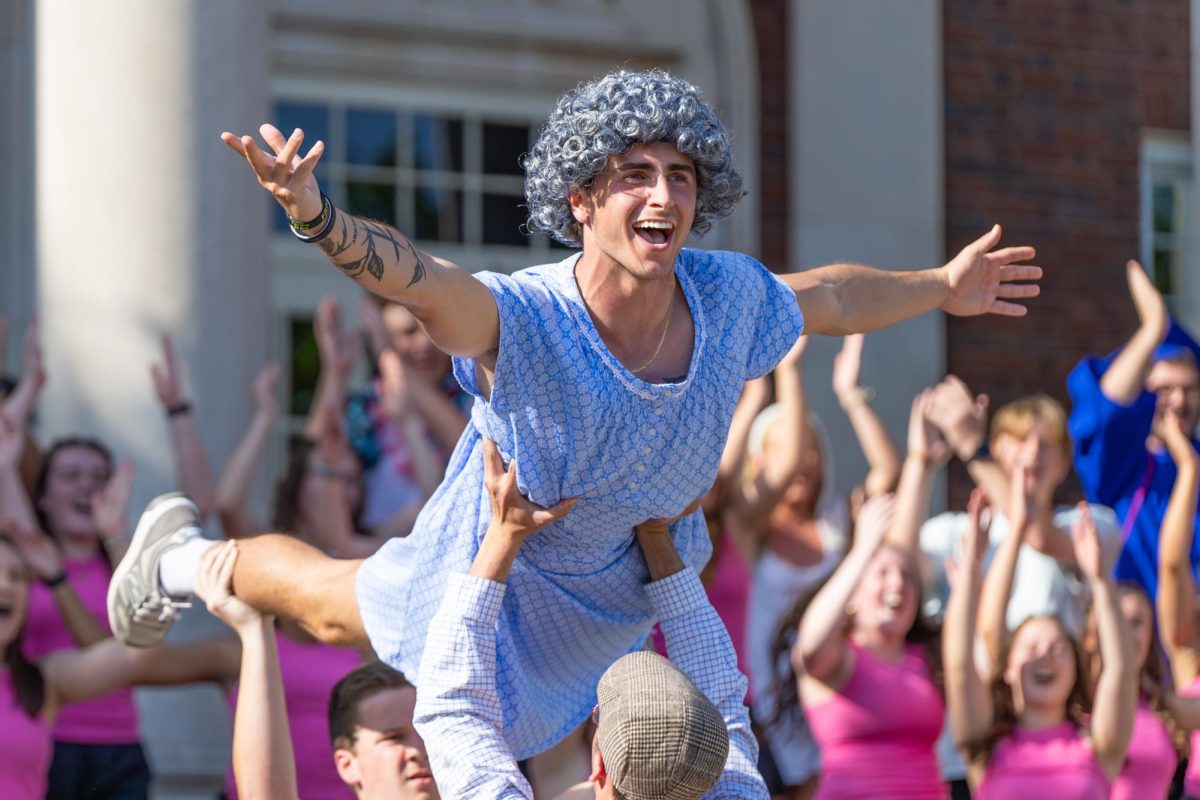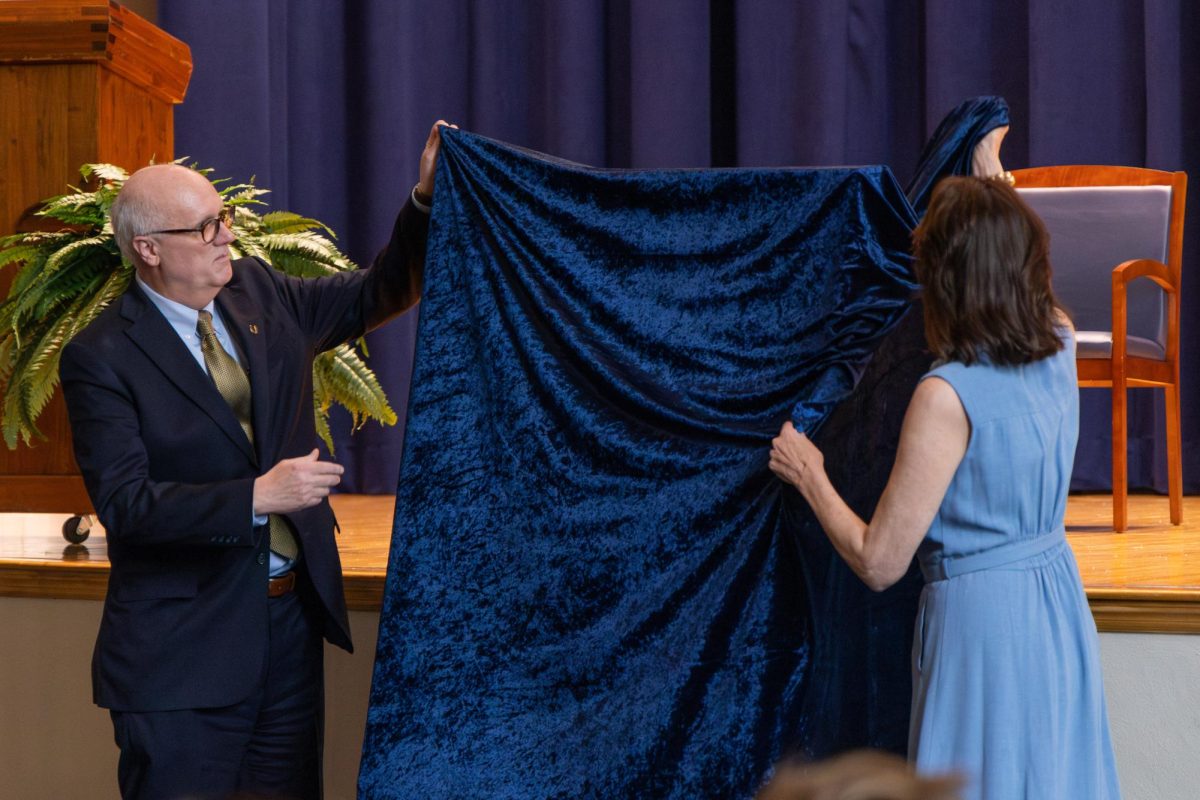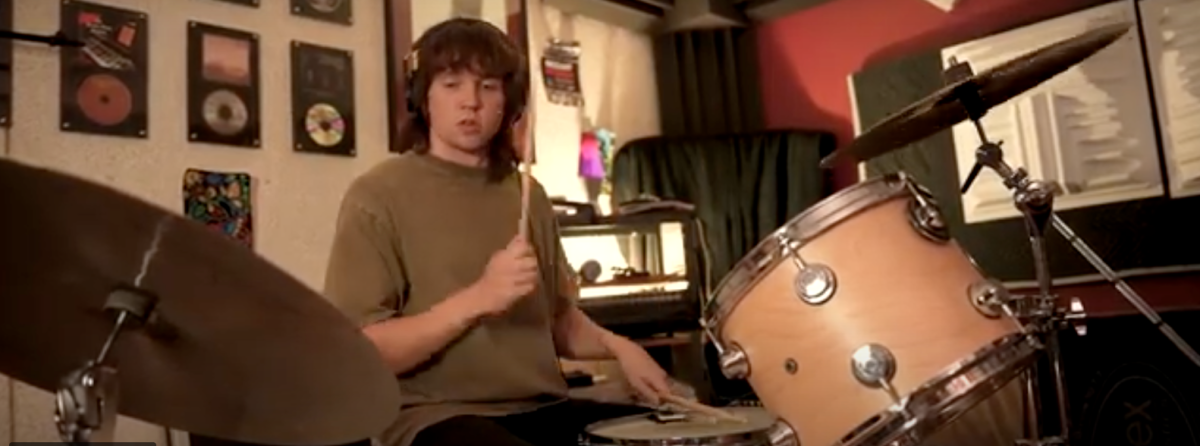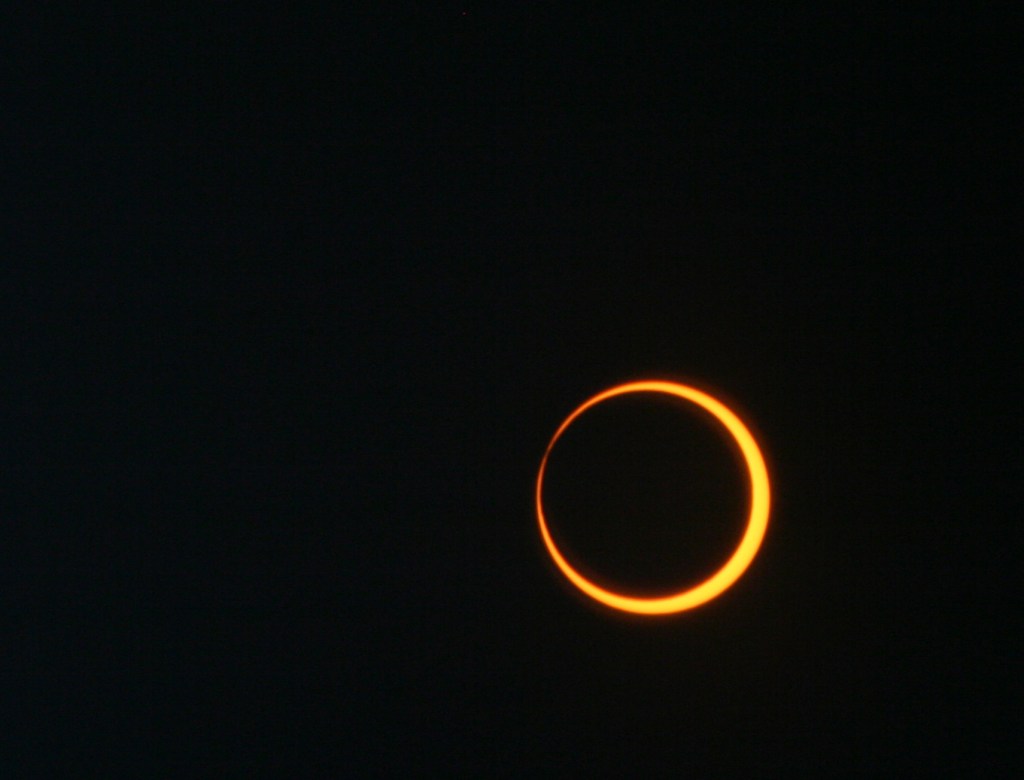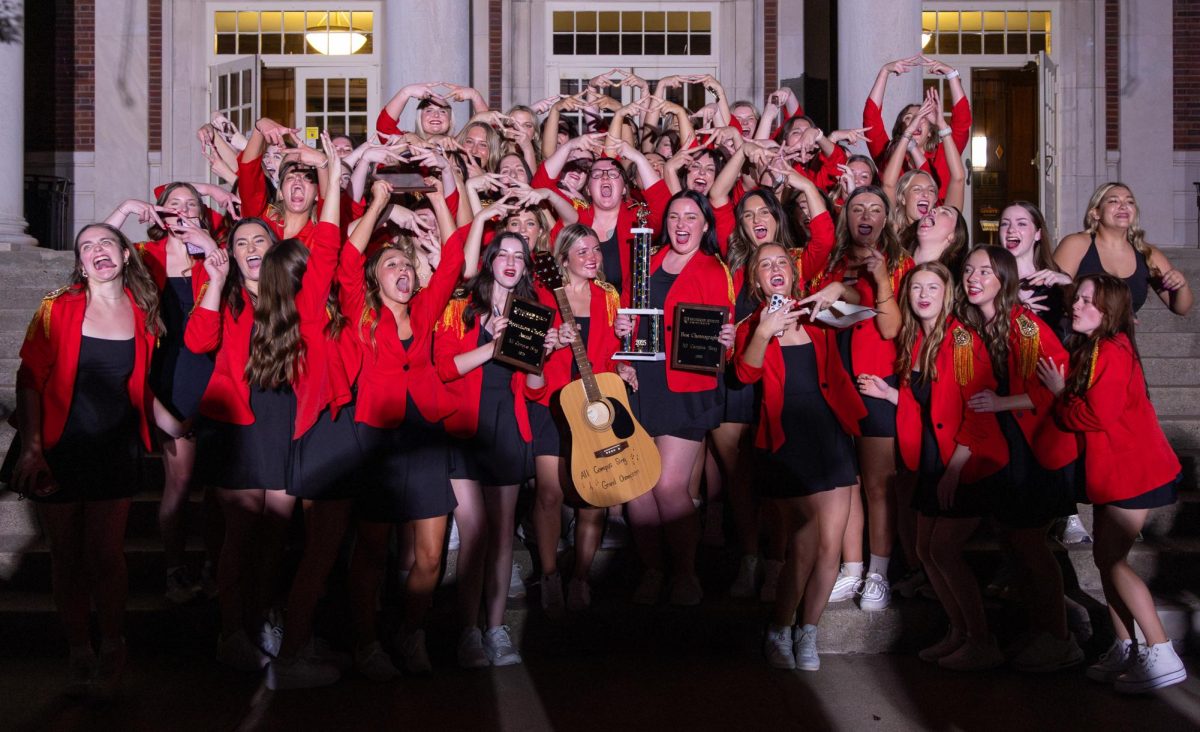Murray State students can expect to see an annular solar eclipse during the Tent City Homecoming event on Oct. 14 around noon.
“From Murray, it will be visible as a partial solar eclipse,” said Matthew Williams, assistant professor of physics and astronomy. “For us, the sun will be 55 percent covered at the maximum.”
Williams said the eclipse will occur over the southwestern United States, and from some points in that area, the moon will almost entirely cover the face of the sun.
A solar eclipse happens when the moon passes between Earth and the sun, eventually covering the sun when the eclipse is total.
Williams said the first display of the eclipse will happen at 10:35 a.m.
“At this time, the edge of the moon will just barely touch the edge of the sun,” Williams said. “Over the next hour and a half, the moon will cover more and more of the face of the sun.”
He said the peak will happen at 12:01 p.m. with the sun being 55 percent covered from Murray, and the eclipse will finish at 1:33 p.m.
“This will not be a dramatic effect,” he said. “I think it could go unnoticed if you are not paying close attention.”
Williams said the sun will appear as a crescent when partially covered and will look the same from any location in Murray as long as it is visible.
He instructed anyone who is viewing the eclipse to wear special eclipse glasses, since looking directly at the sun without appropriate protective eyewear will damage the eyes.
“If you do not have eclipse glasses, you can observe the eclipse indirectly by holding up a piece of paper with a small hole punched in it and looking at the shadow cast by the paper,” he said. “The light passing through the hole should project an image of the sun on the ground behind the paper.”
Eclipse glasses can be purchased through Amazon.com or Walmart.
Williams said he will be attending the pre-game festivities along with members of the Society of Physics Students and plans to bring extra eclipse glasses, along with a telescope and a solar filter.
Abigail Santos, a biology pre-med sophomore, said she heard about the eclipse from her friends and professors, and is very excited to watch it.
“I think it could definitely affect Homecoming festivities, especially since it’s in the middle of the day,” she said.
This eclipse will be followed two weeks later by a partial lunar eclipse on Oct. 28, according to EclipseWise.com.
An annular eclipse occurs when the moon does not completely cover the sun, resulting in a bright ring of light surrounding the moon.
Williams said the reason this eclipse is annular instead of total is that the moon will be too far away from the Earth to be able to entirely cover the sun.
Williams said this eclipse is only a preview of the total eclipse occurring in April of 2024.
He said the sun seen from Murray will be 99 percent covered, but from Paducah it will be 100 percent covered.
“I would suggest everyone plan to take that day off and travel to totality,” he said. “The difference between 99 percent and 100 percent is night and day.”
For more information about the upcoming eclipse, visit EclipseWise.com or reach out to Williams and other physics professors with questions.


